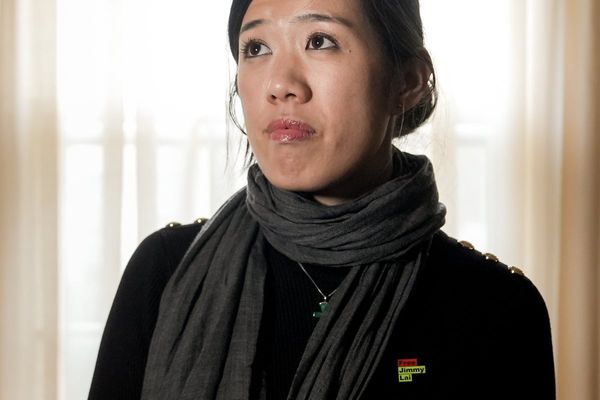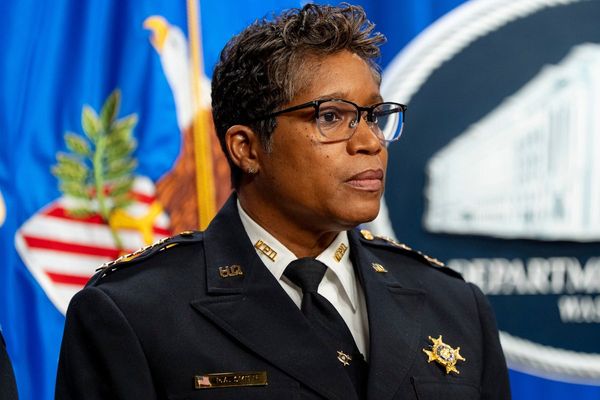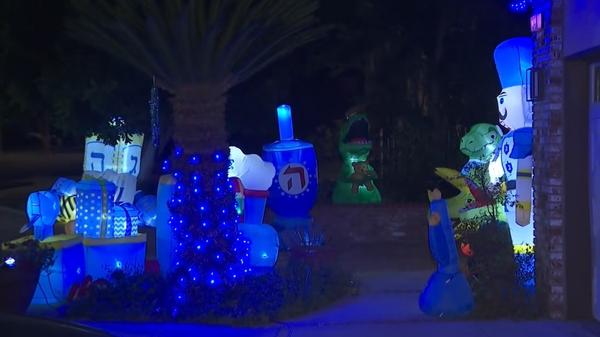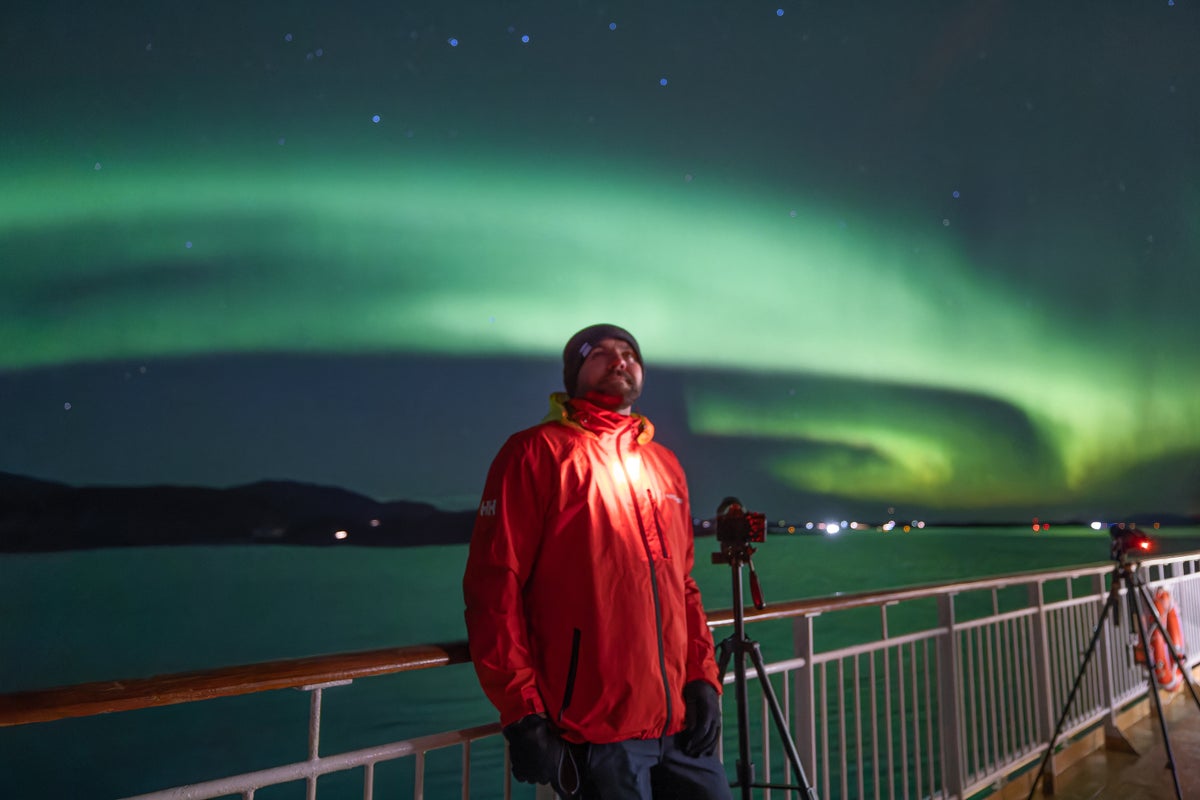
Growing up in northern Scotland, astronomer Tom Kerss had plenty of opportunities to see the tail end of the northern lights, but it is on board a cruise ship, rather than on land, that he has fallen in love with the spectacle.
The northern lights – or the aurora borealis – are one of the best-known natural phenomena, attracting thousands of visitors to destinations around the Arctic Circle such as Norway, Iceland, Canada and Alaska.
Read more: Our unforgettable family cruise through Alaska
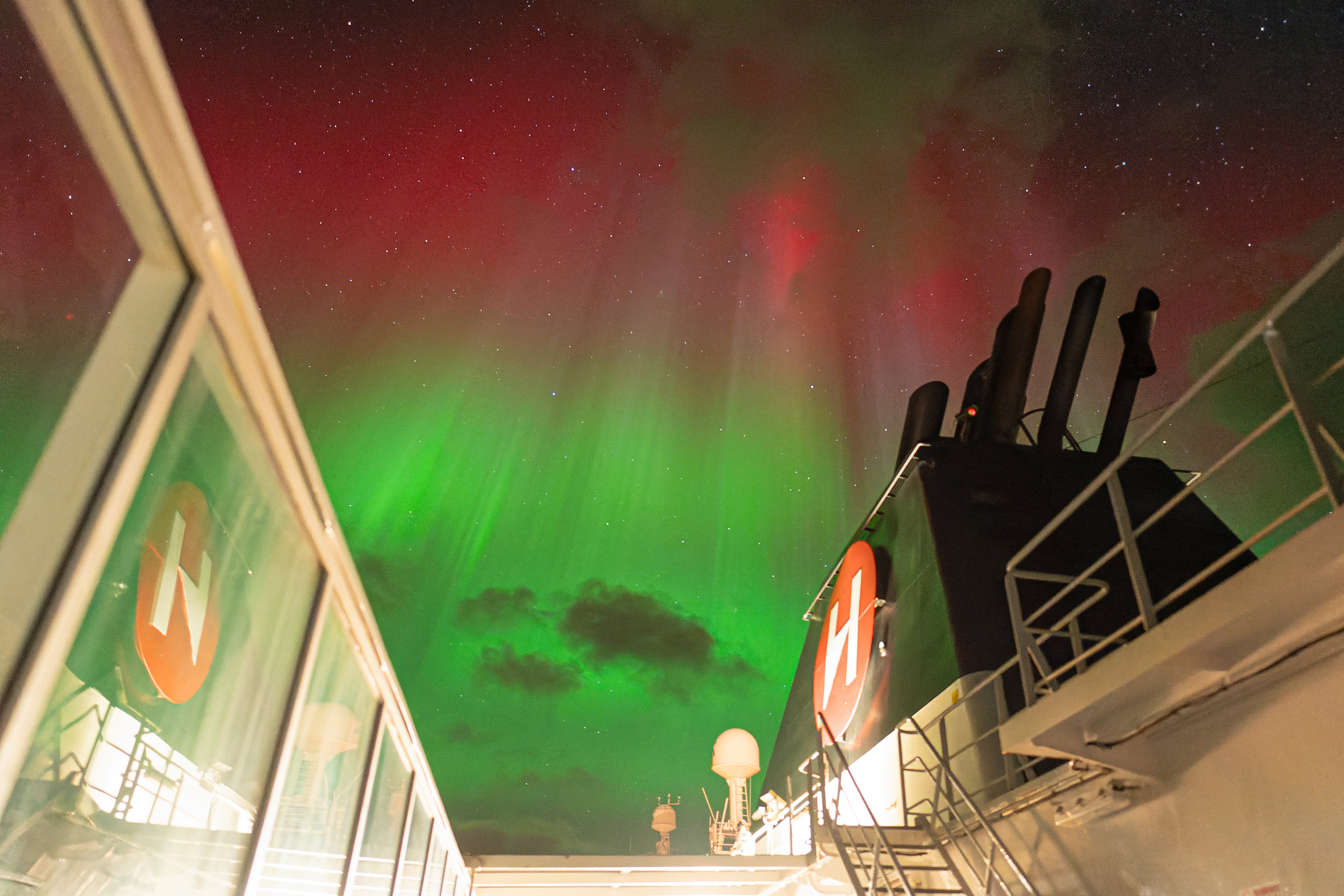
Kerss remembers getting his first glimpse of the northern lights on the beaches of Scotland near Lossiemouth around age five, kicking off a love of space and the sky.
His work has taken him across the Arctic region, where he has seen countless displays, and now, as the chief aurora chaser for Hurtigruten, he has built up an expertise in spotting the light show regularly.
Read more: The best Norwegian fjords cruise holidays
Explaining the fascination with the northern lights, he tells The Independent: “For some, it's the curiosity of a scientific wonder. For others, it's a wholly spiritual affair. There's no doubt that news coverage, social media and the increased accessibility of the Arctic have played their part in the surge of popularity, particularly surrounding the recent solar maximum.
“However, there's something deeper that moves people to take the trip, and I think that's the unique offer of such a compelling sight, one which only visits us in the UK every so often, and one which is so utterly unique and steeped in mystery.”
He describes the northern lights – caused by charged particles from the sun interacting with the Earth’s atmosphere around its magnetic poles – as having a mind of their own, with no two displays being the same.
Kerss adds: “Once you get the bug, you'll want to return because you don't know when you'll see the best display of your life. You just know you don't want to miss it.”
‘A floating observatory’
Cruise lines such as Hurtigruten, as well as HX, Fred Olsen, Viking and Havila, are well-known for northern lights voyages, but other brands such as Ambassador, P&O Cruises and Celebrity Cruises also operate itineraries.
Kerss says it is important to choose a ship that is well set up for getting a decent view, plus there may be on-board talks from experts and tips on how to view the lights and get the best pictures.
On-shore excursions may also include trips to meet astronomers or to planetariums to provide more context.
Kerss says: “The best ships are like floating observatories, maintaining really good dark conditions within the limits of what is safe.”
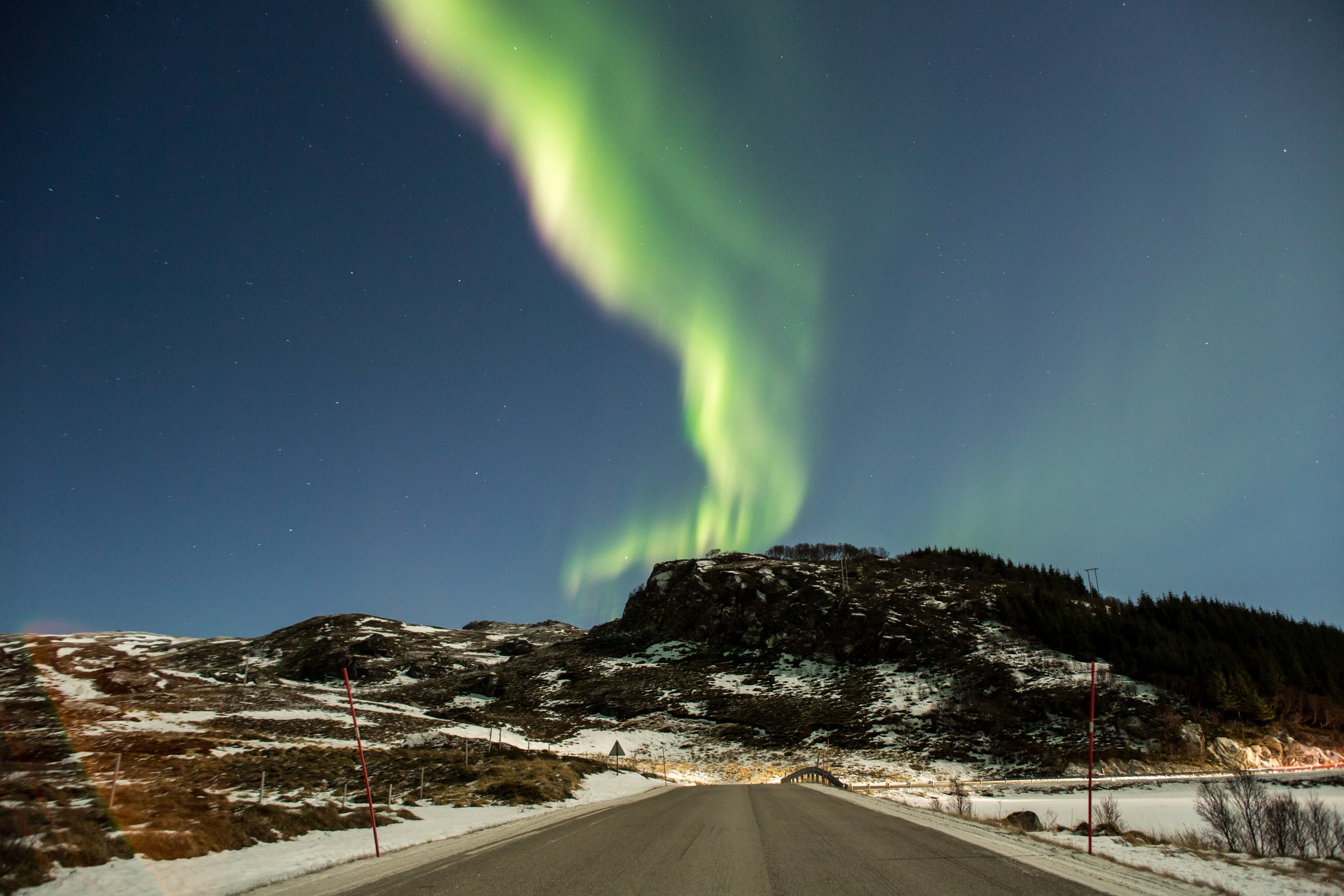
Sail away from light pollution
Dark skies – best seen between September and April – provide the ideal conditions to see the northern lights, and Kerss explains that a cruise is an ideal way to steer clear of light pollution.
He explains: “You get an unobstructed view at sea, away from light pollution. Plus, your residence is always with you. If you get too cold, you are just a few steps from your cabin, you also have a café and bar travelling with you.”
Some cruise lines even have the option for guests to be woken up in the middle of the night if there is a sighting.
Find northern light hotspots
Searching for the northern lights on land can limit you to one area, but a ship is always be on the move to find the best spot, as Kerss explains: “The weather can be extremely changeable, so if you plonk yourself in Iceland you could be stuck with clouds, whereas on a cruise, it’s an inevitability that you can dial into good weather.”
His favourite places to see the northern lights from a ship include watching a seven-hour light show in Svolværin, in the archipelago of Lofoten, as well as in the Barents Sea, a wild region of the Arctic Ocean.
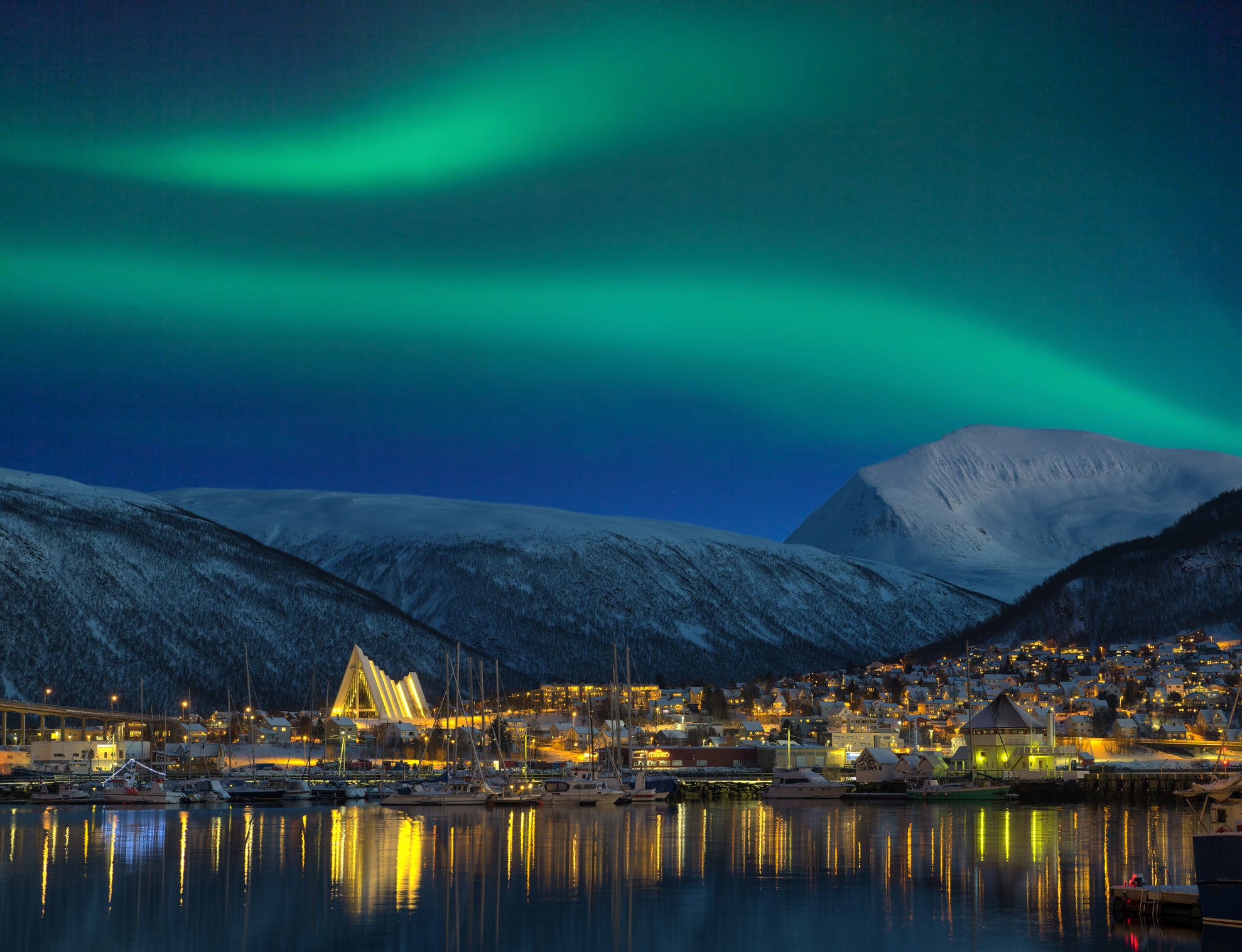
Another popular area is Tromsø, the Arctic capital. He says: “The fjords to the south and north of the island city are as smooth as glass and wonderful to sail through. On our astronomy tours, we take our groups to the excellent planetarium there during the northbound visit.”
Tips on how to spot the northern lights
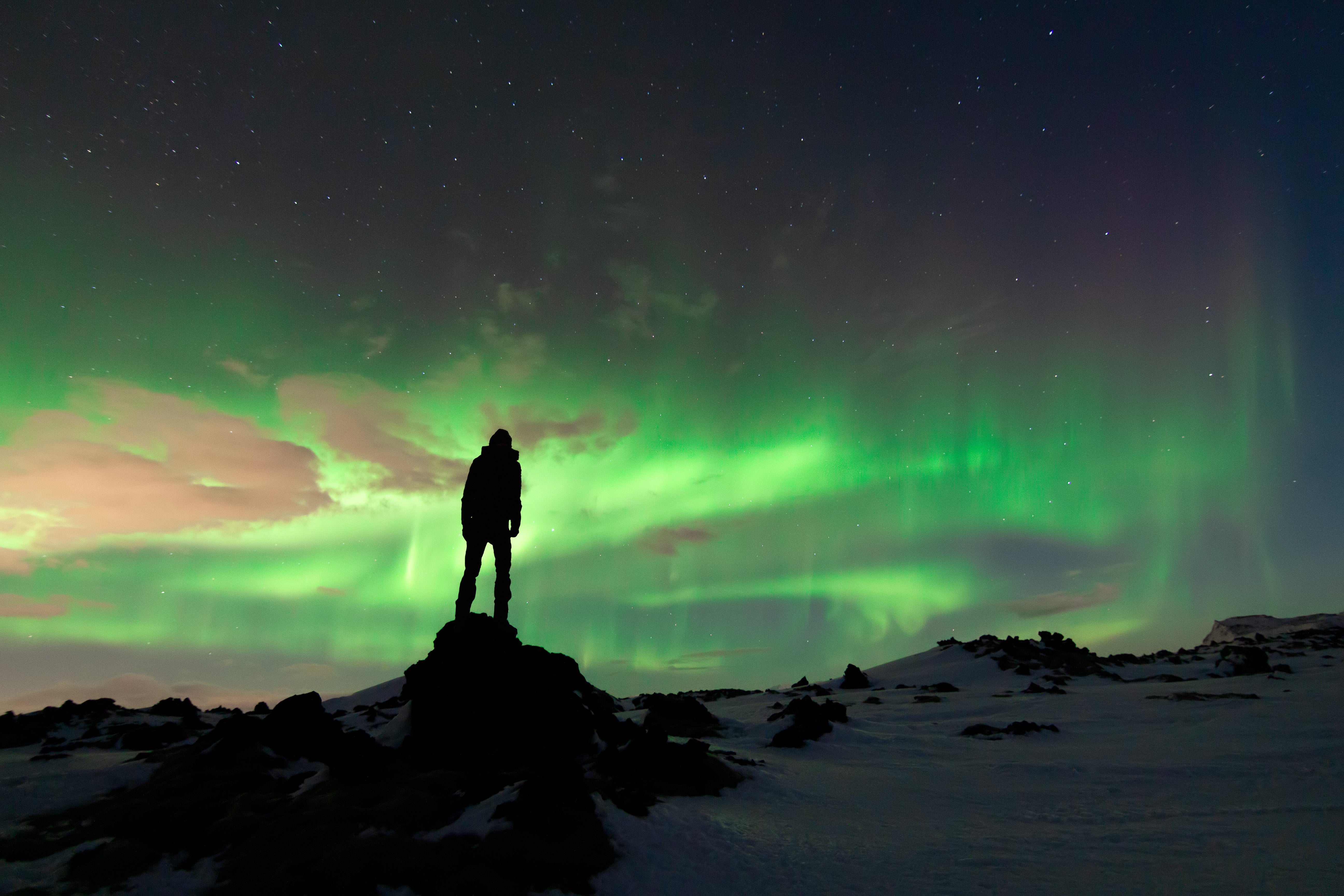
Whether on land or sea, it can be hard to decipher the northern lights with the naked eye as they can often be confused with clouds or light pollution, Kerss warns.
He says: “Our eyes are rather poor at detecting colours. If we see colour, it tends to be subtle. My tip is to start by looking north for something glowing; otherwise, it could just be a cloud.”
There are apps such as My Aurora Forecast and NorwayLights that predict where sightings will be, but Kerss has his own software based on space weather data.
A smartphone can be a great tool for checking what you are looking at and can bring out more of the green and red colours in the sky; however, Kerss describes watching with your own eyes as something special.
He adds: “You can't share the pictures in your mind, but you can feel them. The memories have a more emotional impact when seen with the naked eye, which will be unique.”
Read more: The best northern lights cruises for 2025 and 2026
9 of the best northern lights cruises from the UK, Norway, Iceland and Canada
The best places to see northern lights in the UK
Best places to see the northern lights around the world – and when to visit
Four new areas revealed for Celebrity Xcel cruise ship
The best Marella ships and Tui cruise deals
New Marella cruise calculator aims to show value of its sailings

